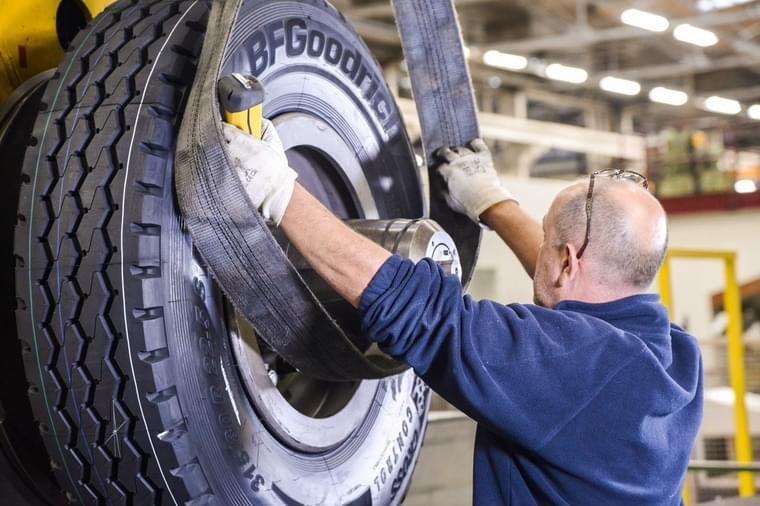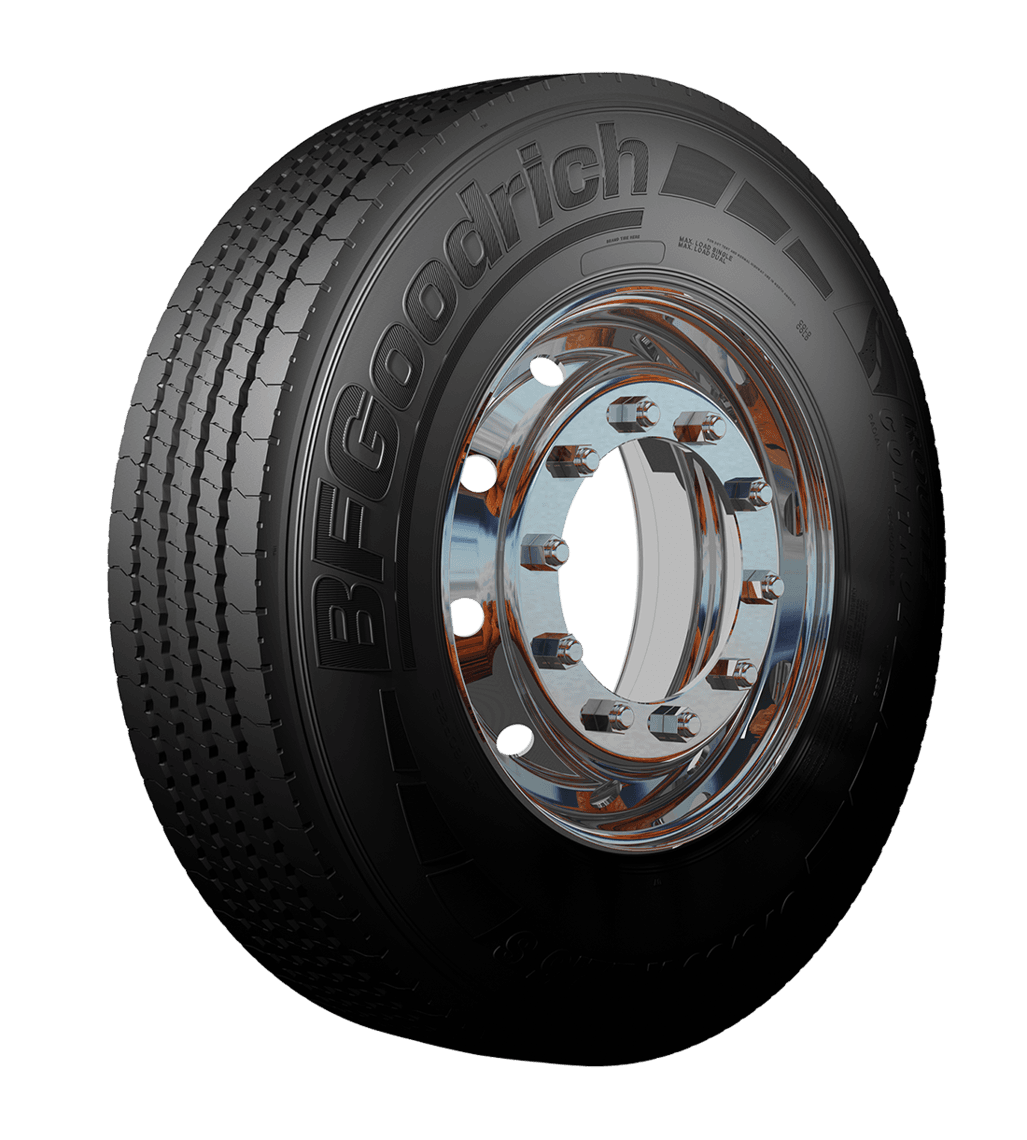
TYRE MAINTENANCE AND STORAGE
Tyres are designed for certain uses. If you have several sets of tyres for these different uses, you're then confronted with how to store and maintain your tyres. Why do you need to store them in certain conditions? And what's the best way to keep them in great condition?
By reading our tips, you can potentially extend the life of your tyres and ensure that your tyres performance is optimised
MAINTENANCE: TIPS TO PRESERVE YOUR TYRES
OUR RECOMMENDATION
Tyres must be examined regularly. When doing this, make sure that the vehicle is stationary, the engine is switched off and it is completely immobilised before any inspection.
Tyres on a vehicle must be checked regularly, taking particular care to check:
- the tread, for signs of abnormal wear, cuts, deformations and embedded foreign objects (stones, bolts, nails etc.),
- the sidewalls for cuts, impact damage (caused by pot-holes, riding kerbs, etc.), rasping due to kerbing, and abnormal deformations.
- Have any rim damage check out by a tyre professional.
Do not put back in to service any tyres that show signs of damage such as: deformed or exposed bead wire, delamination between rubber and plies, internal corrosion, presence of marbling, creasing or abrasion of the interior lining. At each vehicle inspection check the state of the valve. If in any doubt replace.

- Tyre rotation is an operation that consists of removing the tyre from one position on the vehicle and refitting it in another position.
- Turning on the rim is an operation that consists of removing the tyre from the rim and refitting it the other way round.
STORAGE: KEEP YOUR TYRES IN BEST THE CONDITION
CONDITIONS FOR GOOD TYRE STORAGE:
- Clean, dry, temperate and well-ventilated premises, sheltered from direct sunlight and bad weather.
- Storage rooms should not contain any equipment generating ozone such as fluorescent lighting, mercury vapour lamps, electrical machines or other equipment which may produce sparks or other electrical discharges.
- Well away from any chemical substance, solvent or hydrocarbon likely to alter the nature of the rubber.
- Well away from any object which might penetrate the tyre (metal spike, wood, etc.).
- Products should be stored in a relaxed condition free from tension, compression or other deformation since these may cause cracking or permanent distortion.
- Rotation of stocks: to avoid deterioration, storage time must be minimised. Stocks should be issued from the stores in rotation so that those remaining in storage are of the latest manufacture or delivery.
Storage
For short term storage (up to 4 weeks) tyres can be stacked horizontally, one on top of another, on wooden pallets but the height of the stacks should not exceed 1.2 metres. After 4 weeks, the tyres should be re-stacked, reversing the order of the tyres. When fitted on rims, tyres should be stored inflated in an upright position or in a single layer on shelf racks.
For long term storage, tyres should be stored upright in a single layer on shelf racks with at least 10cm clearance above the floor. To avoid deformation, it is advisable to rotate them once a month.
Tubes
Tyre inner tubes should either be slightly inflated, dusted with talcum and placed in the tyres or stored in a deflated condition in small stacks max. 50cm – in the compartments of shelf racks with a level bottom. Slatted pallets are not suitable since they might apply pressure at particular points.
If tubes are supplied by the manufacturer in cartons or wrapped in film, they should be left in these because the packing provides some degree of protection against contamination, oxygen and the effects of light.
Flaps
Flaps should preferably be placed with the tubes inside tyres, but if stored separately, they should be laid flat on shelves free from contamination, dust, grease and moisture. Never suspend them – this can cause deformation and elongation.






